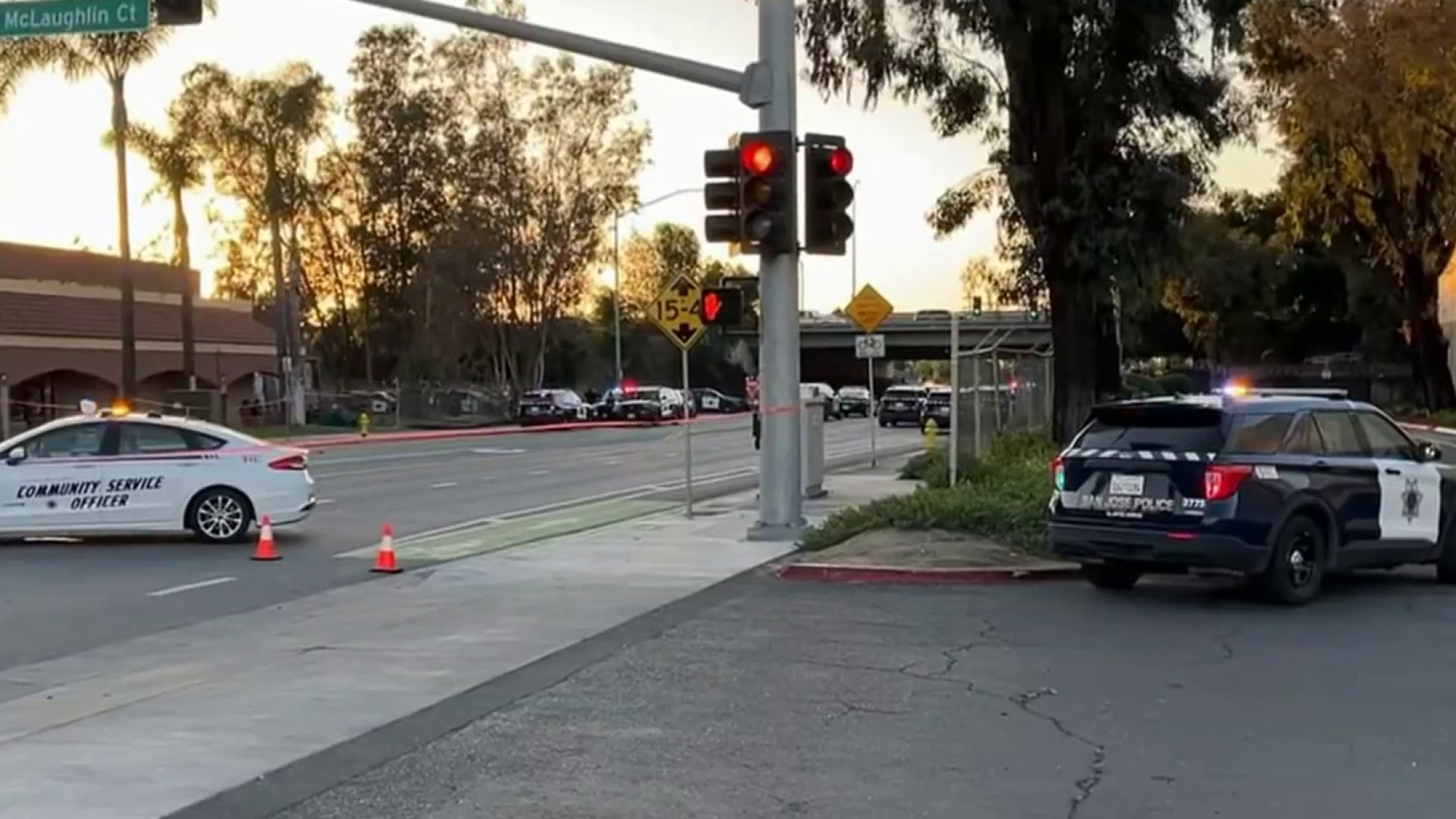The newly-approved Moderna vaccine arrived at UCSF earlier this week, and on Wednesday staff began to receive shots. With two vaccines now in use, questions have been raised about who’s getting which shot, and how that will be tracked to be sure people get the correct second dose.
UCSF is a week into vaccinating its front-line, high-risk medical and support staff. About 80% of the doctors, nurses and other personnel in this group have already gotten their first shots.
But Wednesday, UCSF ran out of its first batch of Pfizer doses and started using Moderna’s, something that will have to be closely tracked as people prepare to receive their second shot in the coming weeks.
“We expect the first group of people requiring a second dose by January, I think it’s January 14th,” said Dr. Gina Intinarelli of UCSF.
Intinarelli is one of UCSF’s lead coordinators of its vaccination program.
Each person who gets the Pfizer vaccine will have to return 21 days later for the second shot.
Those getting the Moderna vaccine will have 28 days.
Local
The shots are not interchangeable. Those who got Pfizer for the first will have to get Pfizer for the second shot. The same is true for Moderna.
UCSF plans to expand its program in January. Intinarelli expects that they will be able to vaccinate about 600 people per day, as long as the doses keep arriving.
“I think what I’ve seen over the past couple of days is a little more advanced notice of when we’re going to get doses and how much,” said Intinarelli. “I think that the distribution channels and the people who are in charge of the distribution are also getting better at logistics.”
Putting together a system to vaccinate staff means medical centers across the Bay Area are also fine-tuning systems to begin vaccinating the public.
At UCSF, some patients have already been contacted about when they may be getting their shots, and what to expect when they do.
“I think the thing that would be challenging, which is different than maybe the flu vaccine, is the required period of time that we have to monitor the patients,” said Intinarelli.
People should expect getting the vaccine to take at least half an hour, and likely longer. That’s because after receiving the shot, people need to be supervised for 30 minutes to ensure they don’t have an allergic reaction.



